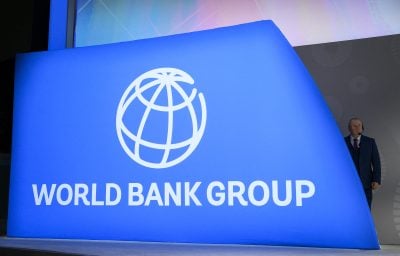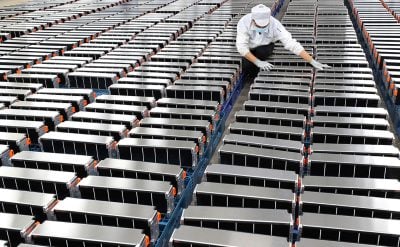The Chinese Premier, Li Keqiang’s recent visit to four African countries appears to signal a subtle and determined shift in China’s approach to its African operations. Having burnt their fingers in several mega-projects, the Chinese appear to have become more cautious and more willing to include other multinational partners. Analysis by Sherelle Jacobs.
Li Keqiang, the Premier of the People’s Republic of China and party secretary of the State Council, made an eight-day tour of four African countries – Ethiopia, Angola, Nigeria and Kenya in May. On the surface, the visit seemed like business as usual but reading between the lines suggests that China’s attitude may be shifting.
There was the familiar announcement of huge capital pledges and economic mega deals: Keqiang said that his country will offer an extra $12bn worth of development assistance to Africa. Of this, $10bn will be in the form of loans and $2bn will go to the Chinese Africa Development Fund, bringing China’s total credit to the continent to $30bn and boosting the sum of its development assistance to $5bn. China also signed around 60 deals which will see Chinese firms invest in familiar territory: mainly African infrastructure and energy projects.
Addressing a plenary session meeting at the World Economic Forum on Africa in the Nigerian capital, Abuja, Keqiang called for “more investment and financing, and expanded cooperation in infrastructure projects”.
However, there were hints of a steady shift in Chinese attitudes.
Keqiang also said that China should look into cooperating more in the areas of power and telecommunications. This is already a slowly emerging trend.
The most high-profile example of a Chinese company causing disruption in African telecommunications is Huawei. The firm was granted a $400m contract last year to offer network services in Kenya, Nigeria and Zimbabwe. It also entered Ethiopia at the same time and is working with the state telecoms firm ZTE on a major project to expand the country’s network in a deal worth $1.6bn, which was agreed last summer.
As part of that network expansion, Ethiopia’s state firm, Ethio Telecom, has selected Huawei to lead on the rolling out of a 4G network in the capital Addis Ababa.
China’s bilateral trade in Africa has become eye-watering, exploding from just $10bn in 2000 to $200bn, a growth rate of around 25% per year. Some critics argue that there is little to celebrate in this fact, however. They contend that China’s engagement in Africa is limited to exploitation of African raw materials to feed Chinese demand and the export of cheap Chinese goods to the continent, destroying local manufacturing industries.
But there are signs of growing Chinese interest in manufacturing goods in Africa. “China may look to Africa for manufacturing in the future as the cost base in China gets too expensive. This would be an important development,” says Alex Vines, head of the Africa programme at London’s Chatham House. Examples are emerging: shoe manufacturing firm Huajian has set up a factory in Ethiopia.
It is a major company, which makes shoes for Guess, Clarks and Tommy Hilfiger, with 25,000 employees in mainland China and it is now one of the first Chinese companies to start making goods in Africa on a large scale. It has around 1,750 workers at its factory close to Addis Ababa and is looking to diversify into injection-moulded shoes.
Ethiopia was attractive to Huajian for a number of reasons. A big factor is the preferential tariffs for shipping to the EU and US, which Ethiopia enjoys. This gives Huajian an advantage of as much as 27.5% against competitors manufacturing in mainland China. Electricity costs in Ethiopia are also low compared to China and an extra bonus is the good supply of high-quality goat and sheep skins.
Research seems to reinforce China’s shift in approach. Between 2003 and 2010, half of China’s foreign direct investment in Africa was channelled into the oil sector. However, according to Data Heritage Institute’s China Global Investment Tracker, China’s investment in the energy sector, although still a major component of its interest in the continent, peaked in 2010 and has continued to drop since in favour of other sectors ranging from transportation to agriculture.
Some further argue that Chinese private companies will play an increasingly bigger role in business engagements with Africa – as opposed to mainly Chinese state institutions.
Want to continue reading? Subscribe today.
You've read all your free articles for this month! Subscribe now to enjoy full access to our content.
Digital Monthly
£8.00 / month
Receive full unlimited access to our articles, opinions, podcasts and more.
Digital Yearly
£70.00 / year
Our best value offer - save £26 and gain access to all of our digital content for an entire year!
 Sign in with Google
Sign in with Google 


